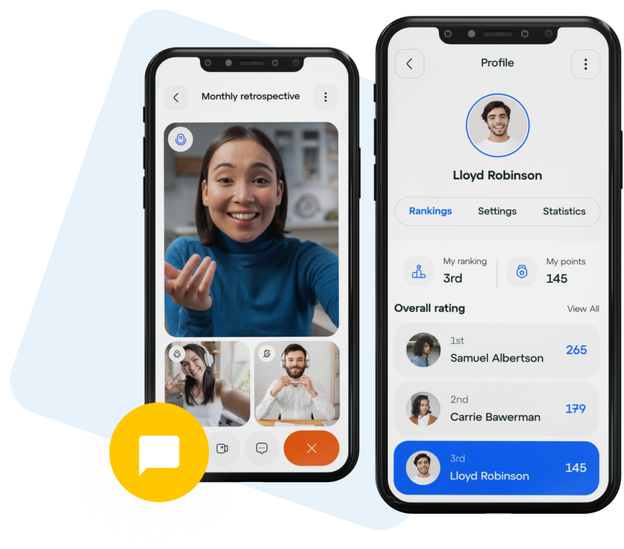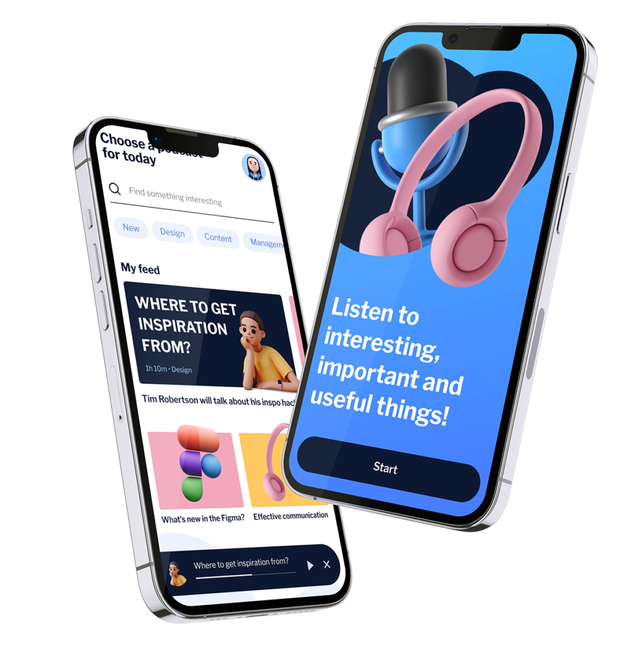Ultimate Guide to SEO: On-Page & Off-Page Optimization
Introduction
In today's digital era, Search Engine Optimization (SEO) plays a crucial role in improving a website’s visibility and ranking on search engines like Google. SEO is broadly classified into two categories: On-Page SEO and Off-Page SEO. Understanding both is essential for website success. This comprehensive guide will cover all the details you need to know about On-Page SEO and Off-Page SEO to boost your website’s rankings.
What is On-Page SEO?
On-Page SEO refers to the optimization of elements within a website to improve its search engine ranking. It involves optimizing content, HTML code, and site structure to enhance user experience and search visibility.
Key On-Page SEO Factors
1. Title Tags & Meta Descriptions
Title tags and meta descriptions are crucial for SEO as they influence click-through rates (CTR).
-
The Title Tag should be under 60 characters and include the main keyword.
-
The Meta Description should be between 150-160 characters and provide a compelling summary.

2. URL Structure
A clean and SEO-friendly URL helps search engines and users understand the page content.
-
Use short and descriptive URLs.
-
Include keywords in the URL.
-
Avoid using special characters and numbers.
3. Keyword Optimization
Keywords are essential for SEO. Use them strategically in:
-
Title tags
-
Meta descriptions
-
Headers (H1, H2, H3)
-
Image alt texts
-
URL
4. High-Quality Content
Content is king in SEO. High-quality content should:
-
Be original and informative
-
Use long-tail keywords naturally
-
Provide value to readers
-
Be at least 1000+ words for better rankings
5. Header Tags (H1, H2, H3)
Header tags structure the content and make it easier to read.
-
H1: The main heading (should include the primary keyword)
-
H2 & H3: Subheadings for better readability and SEO structure
6. Image Optimization
Images enhance user experience but should be optimized:
-
Use descriptive file names (e.g., "seo-guide.jpg" instead of "IMG123.jpg").
-
Add alt text with relevant keywords.
-
Compress images for faster loading times.
7. Internal Linking
Internal links help users navigate the site and improve SEO by distributing link authority.
-
Link to relevant internal pages.
-
Use keyword-rich anchor text.
8. Mobile Friendliness
With Google’s mobile-first indexing, websites must be mobile-friendly.
-
Use responsive design.
-
Ensure fast loading times on mobile.

9. Page Speed Optimization
Website speed affects rankings and user experience.
-
Compress images and enable browser caching.
-
Minimize CSS and JavaScript.
-
Use a Content Delivery Network (CDN).
10. Schema Markup
Schema markup helps search engines understand content better.
-
Add structured data to enhance rich snippets (e.g., star ratings, FAQs).
What is Off-Page SEO?
Off-Page SEO refers to actions taken outside of your website to improve its search engine ranking. It focuses on increasing domain authority and credibility through external signals like backlinks, social media, and brand mentions.
Key Off-Page SEO Factors
1. Backlink Building

Backlinks (incoming links from other websites) are a critical ranking factor.
-
High-quality backlinks from authoritative sites boost rankings.
-
Avoid spammy or low-quality backlinks.
-
Use guest blogging, broken link building, and outreach strategies.
2. Social Media Engagement
Although social media signals don’t directly impact rankings, they help in indirect SEO benefits.
-
Share content on platforms like Facebook, Twitter, LinkedIn.
-
Encourage users to engage and share.
3. Influencer Outreach
Collaborate with influencers to gain credibility and backlinks.
-
Reach out to industry experts.
-
Get mentions on high-authority websites.

4. Local SEO (Google My Business)
For local businesses, Google My Business (GMB) is essential.
-
Optimize your GMB profile.
-
Get customer reviews and ratings.
-
Use location-based keywords.
5. Forum & Blog Commenting
Engaging in relevant forums and blogs can drive traffic and backlinks.
-
Contribute valuable insights.
-
Avoid spammy link building.
6. Press Releases & Brand Mentions
Getting featured in press releases or online news platforms can increase your credibility.
-
Submit PR articles to platforms like PR Web, BusinessWare.
-
Build relationships with journalists.
7. Guest Blogging
Writing articles for other high-authority websites helps in getting quality backlinks and exposure.
-
Find industry-related blogs accepting guest posts.
-
Write high-quality and relevant content.
8. Broken Link Building
This strategy involves finding broken links on other websites and offering your content as a replacement.
-
Use tools like Ahrefs or SEMrush to find broken links.
-
Contact webmasters to replace the broken link with yours.
9. Podcast & Video Marketing

Podcasts and videos improve brand visibility and SEO rankings.
-
Publish videos on YouTube with proper SEO optimization.
-
Join podcasts as a guest speaker.
10. Content Marketing & Syndication
Distribute your content across various platforms to maximize exposure.

